Column One: The Volkswagen Bus’ long, strange trip from hippie van to hot collectible

Los Angeles Times staff writer Gustavo Arellano discusses his 1968 Volkswagen Bus and why the collectible vehicle has risen in popularity.
- Share via
“You see? You see? You see?” Enrique Aragon shouts over the loud purr of his 1966 Volkswagen 21-Window Deluxe Bus as he gestures toward gawkers yet again.
For the last hour, the 42-year-old electrician and member of the Boyle Heights-based Volksstyle Car Club has cruised Colorado Boulevard in Pasadena in his dominguero. And all along the ride, people won’t let him be.
AAA tow-truck drivers pull up and mouth, “Beautiful car!” Middle-aged couples in Ohio State sweatshirts wave from a bar. Bearded hipsters offer the thumbs-up. Children flash a peace sign.
Nearly everyone else just stares.
Aragon is used to it. His ’66 is a glimmering shrine to Southern California car culture. He spent three years and $45,000 to restore it from a shell with no wheels or seats to its current, showroom-ready state. It has a two-tone brown paint job that tapers into a V in the vehicle’s flat front. A ragtop that rolls up like a carpet to reveal a sunroof. A windshield that pops open into two sides. Porsche hubcaps. Pleather interior. Chrome all around.
And the Bus’ namesake piece de resistance: 21 windows that wrap around the sides, the roof and the back so that a ride inside feels like putting wheels on the Crystal Cathedral.
“People point all the time,” he says. “Everyone trips out because they don’t know they’re still around.”
In fact, the Volkswagen Bus never went away, although at times it has fallen sharply out of fashion. And it’s back like never before.
From 1950 to 1979, the German automaker churned out over 4.7 million of them under different names and models —Westfalia, Samba, Kombi, Transporter — to create one of the most beloved lines of cars worldwide. Its basic frame — a raised, boxy body, a weak engine in the back, bench seats on the inside, a plethora of windows — attracted a devoted worldwide following. Aficionados turned them into everything from surf wagons and homes to taxis and work trucks. Even movable beer gardens.
“But now, as the people who grew up with them retire, they’re almost like a time machine back to their youth.”
— Bill Staggs of Vintage Surfari Wagons in Costa Mesa
“It’s the most easily recognized van or commercial vehicle on the planet,” says Brian Moody, executive editor for Autotrader.com. “Low operating cost, low purchase cost when Volkswagen made them. Globally, you can talk to a Brazilian who has great VW Bus memories. A Mexican. A European. An Indian. Not everyone had a Mustang convertible.”
But over the last decade, this once-humble workhorse has become something it’s never been: one of the hottest gets in the vintage auto world.
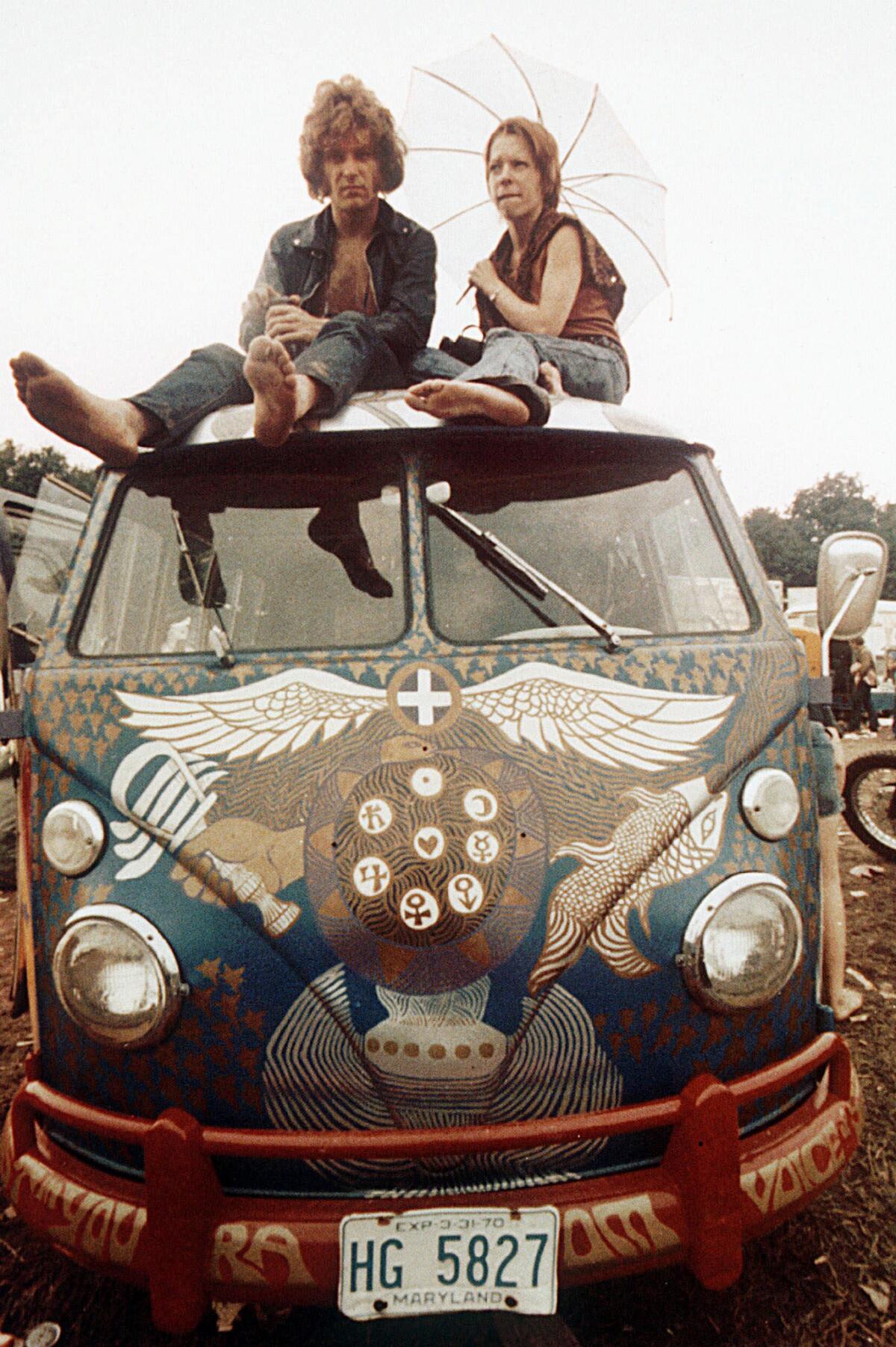
The Instagram generation has popularized them through the hashtag #vanlife, in which you can scroll through over 4 million photos of people posing in gorgeous locations with immaculately staged Buses. Meanwhile, baby boomers with nostalgia in their hearts and retirement savings in their pockets have pushed prices to record-breaking levels — the current record holder is a ’65 auctioned off in 2017 for $302,500 — with no cooling in sight, leaving longtime fans like Aragon both amazed and upset.
“All these high prices happened because of the internet,” he says. “It killed it. People used to have to work for Buses. You had to go out and look. You had to wait. Now, people just throw money.”
Nowhere is the current Bus-collecting frenzy more pronounced than in Southern California — Orange County in particular — where an alternative Bus universe first blossomed in the 1960s. There, the vehicle became a part of the social fabric, thanks to the region’s surfer and Kustom Kulture scenes. The area’s temperate weather ensured that the Bus, which has a tendency to rust quickly, had a far longer life than in the Snow Belt.
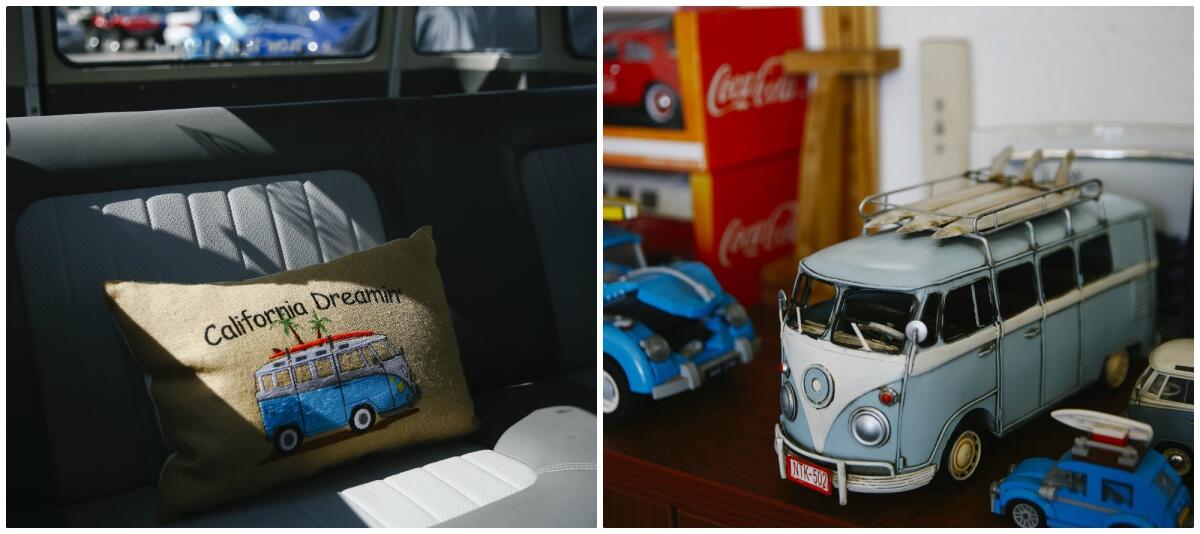
That allowed owners to pour more money into restoration and upkeep. In February, Autotrader listed 61 VW buses across Southern California. The lowest price was $5,995 for a rusted ’72 whose best attribute, according to its listing, was that its “track door still opens and shuts.” Most expensive? A red-black ’64 21-Window Deluxe for $145,000.
“They already have a mystique that surrounds them,” says Bill Staggs of Vintage Surfari Wagons in Costa Mesa, which rents out Buses so people can trek around Southern California. He gets customers from across the world. “But now, as the people who grew up with them retire, they’re almost like a time machine back to their youth.”
Moody says the Bus is a perfect metaphor for the “little guy who becomes the hero.”
“If you wanted to look cool back in the day, a Bus is not how you did it, especially compared to muscle cars and others,” he says. “But gradually, the little guy became this hero, and then you think, ‘Was he always that cool?’”
But retro-coolness carries a cost. Besides the stratospheric prices, connoisseurs carp that turning Buses into high-end status objects has attracted swarms of philistines who treat the vehicles as mere investments.
“It used to be a tight-knit community,” says Mike Moses, an engine builder who has worked on VWs for 33 years. “But when they started getting up in value, that’s when the riffraff came in.”
The current Bus rush represents a new peak in an affair between Americans and the van that has ebbed and flowed for nearly 70 years. The first Types II (officially called that, because its older sibling, the Volkswagen Beetle, was the Type I) reflected the post-World War II economy of Germany: utilitarian, cheap and possessing none of the might or down-home style of Detroit’s trucks.
One early American reviewer said the Bus — which in those days came with a factory-placed sticker advising drivers they shouldn’t try to top 50 mph lest the engine break down — had the charms of “a paratrooper’s left boot or a pair of paint-splattered overalls.”
Volkswagen tried to pitch it as a family-friendly option for Eisenhower’s America, with little success: A 1958 ad positioned the Bus as “full of sun, full of fun Station Wagon … roomy as can be — and carefree.”
The Bus’ domestic fortune changed forever in 1959, when Volkswagen hired the Doyle Dane Bernbach (DDB) ad agency (rumored to have served as the inspiration for AMC drama “Mad Men”) to revamp the company’s image in the United States. DDB emphasized the Bus’ customizability to a generation about to reject conformity.
“You’re too sharp and too much of an individual to be suckered by mass-marketed images,” read one Volkswagen ad. “We just supply you the canvas, stripped bare of any pretense, and it’s up to you to put your identity into it.”
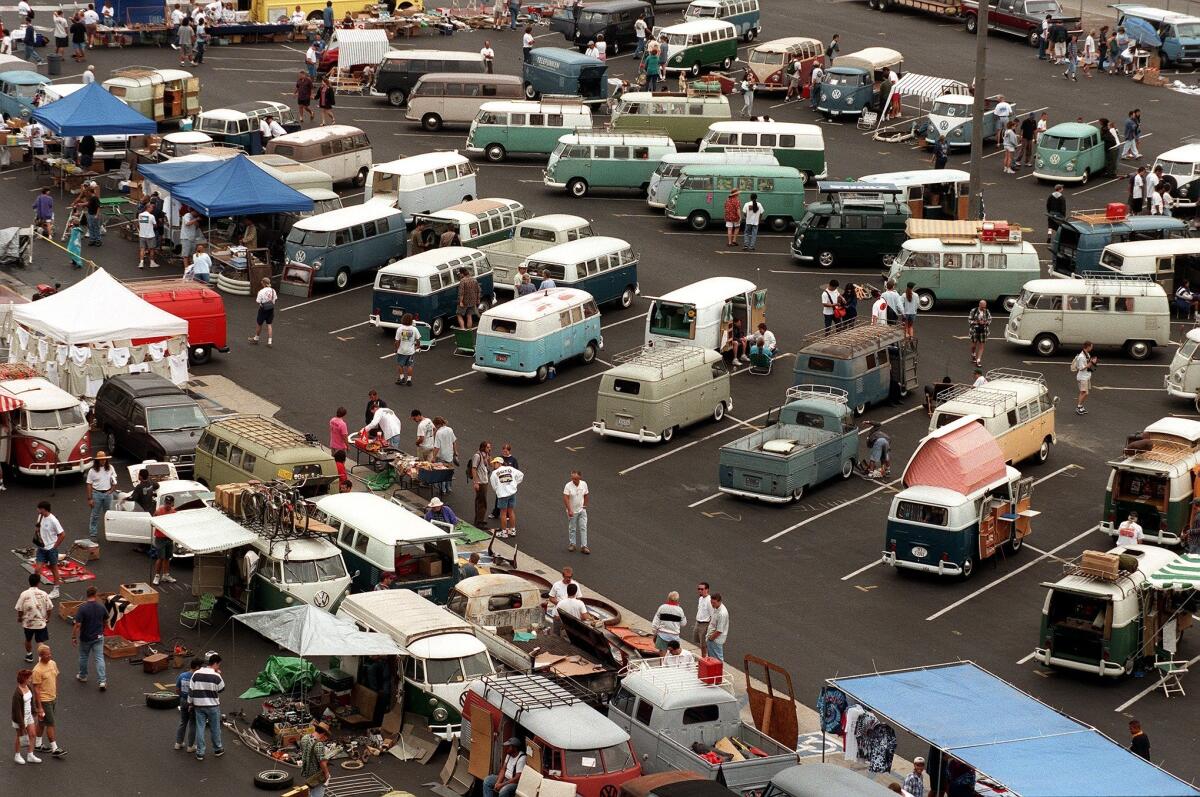
In “The Consumption of Cool,” Thomas Frank wrote with admiration that Volkswagen’s transformation of itself to “an image that was more hip than Nazi must be regarded as one of the great triumphs of American marketing.”
Base models retailed for about $2,200, with fancier builds at $2,500. The peak year for sales in the U.S. was 1969, with 65,000 sold — a perfect wanderlust wagon for the Age of Aquarius.
But by the 1970s and 1980s, the Me Generation had dismissed the Bus as shorthand for stoner lethargy — think Sean Penn’s Jeff Spicoli rolling out of a hotboxed, red split-window Microbus in “Fast Times at Ridgemont High,” or George Carlin’s character in Pixar’s “Car” franchise. A 1995 USA Today article dismissed the Bus as the domain of “hippies, love beads and peace decals.”
Yet, meanwhile, an alternative Bus universe had grown up in and around Orange County, where entire industries popped up to sustain the Bus lifestyle. EMPI, one of the largest aftermarket VW parts sellers in the world, has its headquarters in Anaheim. Hot VW, the oldest American magazine devoted to Buses, Bugs and more, is based in Santa Ana. Monthly meetups of VW clubs have gone on for decades.
READ MORE: Behind the story: One writer's eventual embrace of the red-hot VW Bus »
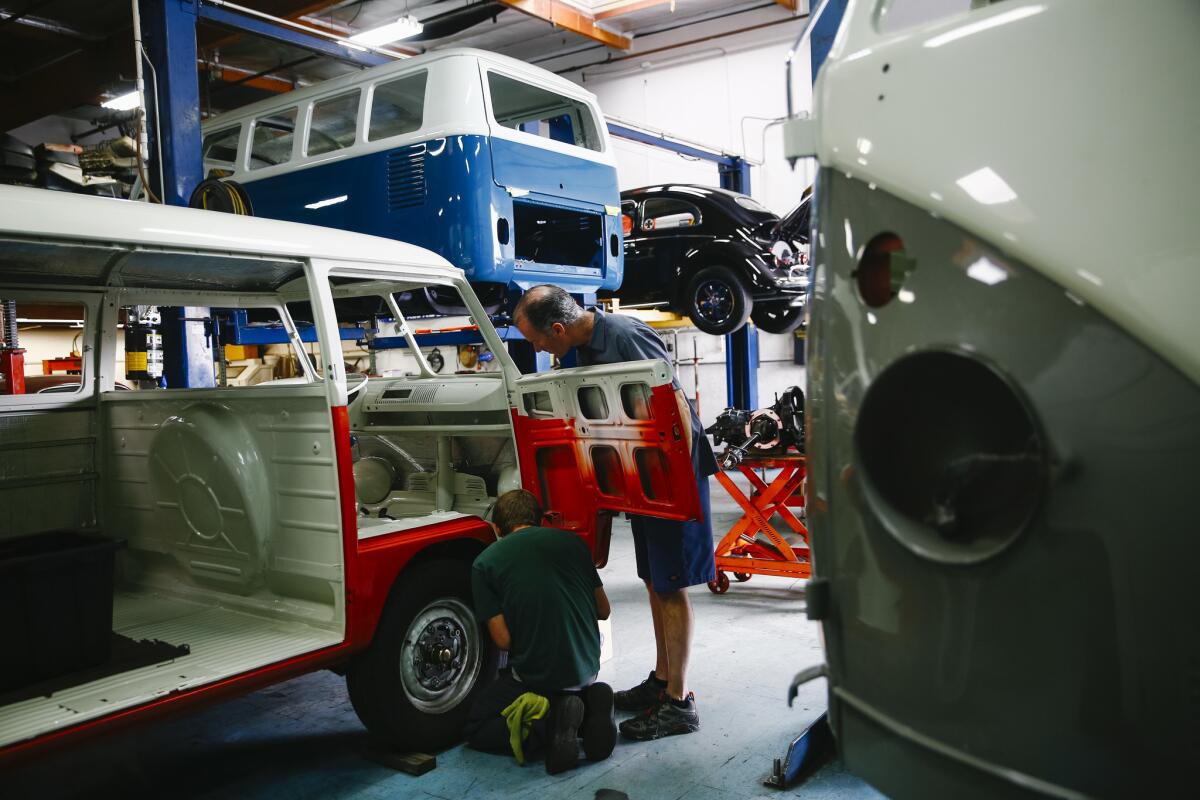
Damien Willoughby, who took control in 2003 of D&J Auto in Fountain Valley, an auto shop devoted exclusively to classic VWs, recently quoted a customer $80,000 for a full rebuild on a ’66 with just 13 windows whose body was little more than metal mesh filled with the industrial Bondo putty.
The customer didn’t blink.
“You almost can’t drive them anymore,” Willoughby says. “People just leave them in storage now. You’re afraid to drive them.”
There are just 3,712 Type II buses registered in California, according to the State DMV.
VW enthusiasts almost universally point to one moment when they say everything changed: a 2011 Barrett-Jackson auction at the Orange County Fairgrounds in Costa Mesa where a bidding war erupted for a ’63 23-Window Deluxe, the Mickey Mantle Topps baseball card of the Volkswagen world. The events are luxe happenings where celebrities and millionaires drop megabucks on cars with little thought to what they’re actually buying.
The winning bid: $198,000.
“If it wasn’t for that sale,” said a VW parts dealer, “Buses would still be affordable. It was the beginning of the end for the people who actually love them.”
The video of the auction is on YouTube and has racked up over 800,000 views. The most-liked comment reads, “Thanks for f— it up for the rest of us, now we can't afford to get em.”
Now comes the reveal: Among car lovers, the Bus is known as an erratic pain. To paraphrase late baseball Commissioner A. Bartlett Giamatti's memorable line about baseball : VW Buses are designed to break your heart.
“Your body takes a beating!” Aragon says with a laugh as he guns his Bus down the 110 Freeway, cars speeding past him. “You’re hunched over all the time. It’s like off-roading. After a while, you’re like ‘Argh!’”
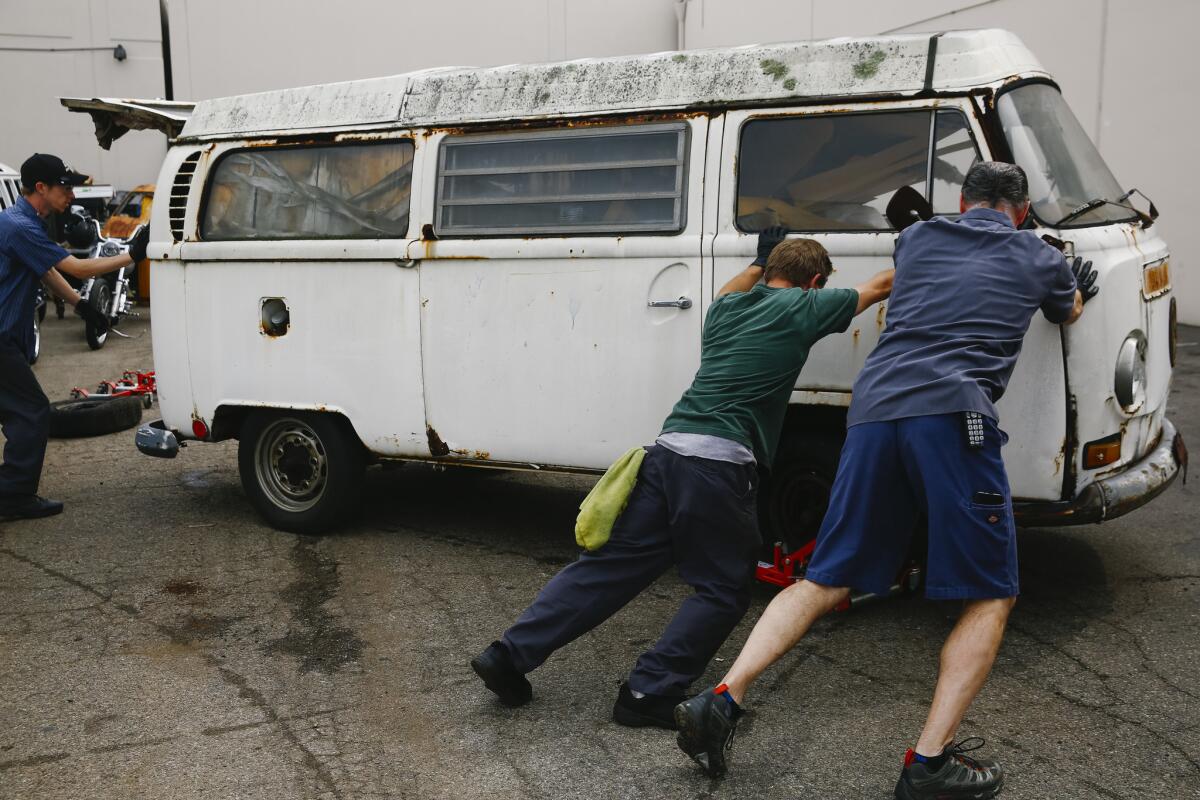
Aragon drives back to his home in northeast Los Angeles. He points out a house with a tent in the driveway.
“There’s a Bus in there,” he said. “But the guy covered it up. He had so many people knock on his door and ask if he wanted to sell it, that he got sick of it.”
He’s open to selling his ’66, but refuses to name a price because he doesn’t want people to hound him like they did his neighbor.
Sign up for Essential California
The most important California stories and recommendations in your inbox every morning.
You may occasionally receive promotional content from the Los Angeles Times.








